Right now, you have a digital map of the world at your fingertips. Wherever your day takes you, the chances are you will be chaperoned by a portable device that ensures that map never strays beyond arm’s reach. If you were really in a pinch, you could probably dig out a paper map, but what if we took those maps away? How far could you travel from home and be confident that you’d find your way back? After leaving behind the familiar, you might rely on road signs, but what if your destination lay across a hostile and featureless landscape like a desert or open ocean? Now let’s make things even harder, imagine this is the first time you have ever left your house. This is the challenge faced by many bird species and seabird migration is one of the most challenging of them all.
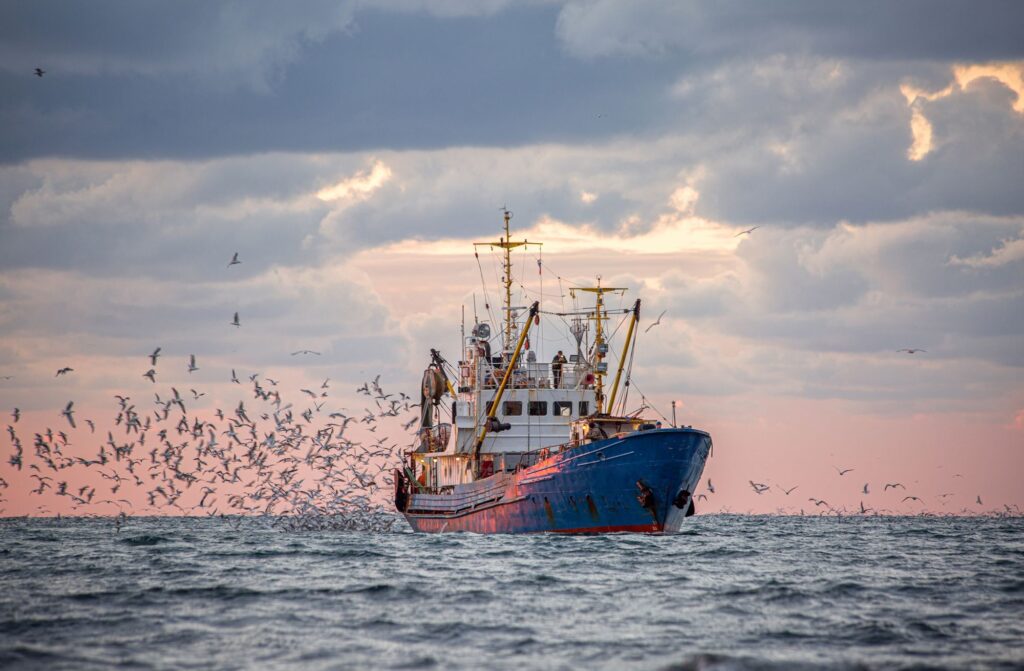
Image by © Анна Костенко | 395934012 adobestock.com
“In some ways, this is the most spectacular navigational problem that any bird faces”, says Professor Tim Guilford, “having to find their way to an overwintering site that it has never been to before, and back again”. Tim is Professor of animal behaviour at the University of Oxford and an expert in seabird navigation. There are two main theories about how this might work. “One is that they are following their parents or other birds with experience of that route,” says Tim, “and the other is that they are born with a genetic program which directs them in the correct orientation and distance”. Both these mechanisms operate in birds. Longer-lived, social birds like geese, stalks and ibis will learn their migration routes from older birds – see here a previous blog post about how conservationists are teaching introduced northern bald ibis European migration routes using a microlight aircraft.
The problem of how a young bird navigates huge distances alone was first investigated in non-seabirds such as black caps, with long journeys over inhospitable terrain. In small, short-lived songbirds, the theory of following an older bird doesn’t hold up, so they rely on an internal satnav. Classic evidence from the late 20th century showed that if a garden warbler is placed into an orientation cage – a funnel with blotting paper round the inside, an ink pad at the bottom and a view of the sky through a grill at the top – it leaves inky footprints in the orientation of their desired migration.
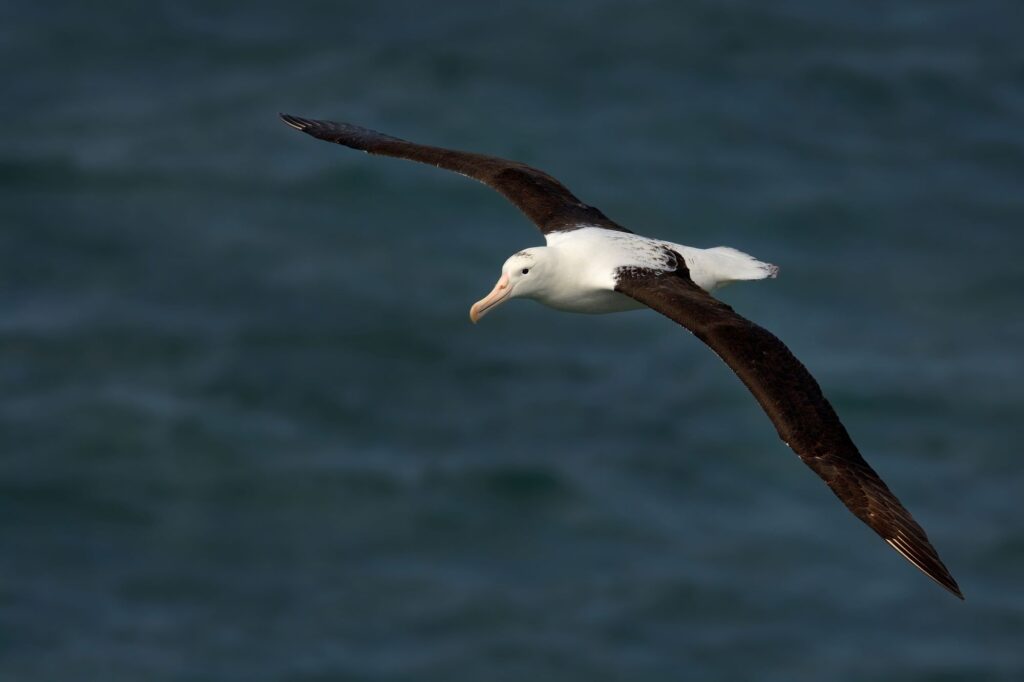
Image by © phototrip.cz | 204097460 adobestock.com
These birds have an innate compass which tells them roughly where to go. An idea of direction and a rough idea of how far is all that is needed for the outbound journey. The return journey needs pin-point accuracy as most birds will return to breed close to where they were born, this is spectacularly the case for seabirds. Tim’s research suggests that 96% of shearwaters will come back to breed in the same colony they were born in, 10-15,000km from where they have spent the winter, and their accuracy is usually within a few tens of metres.
Unlike birds like the northern bald ibis, seabirds like shearwaters and puffins are not relying on generational knowledge to pass on a map of migration routes. “We know they are not following their parents”, says Tim, “shearwaters fledge two weeks after their parents stop feeding them. The same is true of puffins but the other way around, they fledge before their parent’s leave for migration”. So how are they doing it?
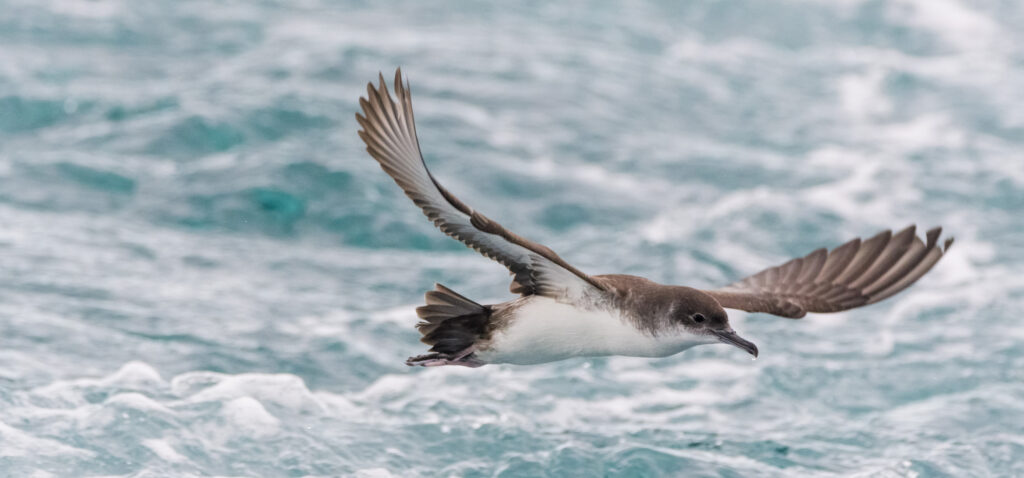
Image by © Cavan | 504039333 adobestock.com
Many birds are known to use the Earth’s magnetic field to orient themselves and this is a valuable resource in the toolbox of long-distance migrants. However, it is unlikely to be the whole story, the Earth’s magnetic field is noisy and can shift around, with interesting consequences for navigating seabirds. It can explain why 4% of shearwaters fail to return to their original colony to breed. “If you look at how the Earth’s magnetic field changes in the time between fledging and arrival back at the colony, you can see that the wobble in the Earth’s magnetic field predicts the direction that the bird has mistakenly taken. When it wobbles northward, these birds are found north of the colony. The same is true when it wobbles southwards, they end up south of the colony. It is remarkable”.
Seabirds also use olfaction to help them find their way. Their olfactory apparatus is very well developed, particularly in procellariiformes – the group that includes albatrosses, shearwaters and petrels. With the exception of kiwis, their olfactory bulb in the brain is amongst the biggest, relatively, of all birds. This powerful sense of smell allows the birds to build an olfactory map built of huge gradients of different smells. Where these gradients intersect, a signature for a specific place is marked. Home is the most obvious place to embed on the map and a study using displaced shearwaters in the 1950s showed just how impressive this map is – and how strong their desire is to return home. Two shearwaters were taken from Skokholm island, Wales and put on a boat to Boston. When the ship’s crew released them upon arrival in the US, they sent a telegram back to the researchers on Skokholm. Incredibly, the birds made the 5000 km journey across the Atlantic before the telegram arrived.
Sense of smell is important not just for migration, but for foraging trips during the breeding season. Birds like albatross and shearwaters travel huge distances – it is not uncommon for a shearwater to travel 100km when looking for food – and scent is an important piece of the navigational puzzle. “If you have ever been on a pelagic seabird watching trip you’ll know that you go out on a boat and the horizon is clear. You throw some fish oil off the back and within minutes procellariiformes are all around you,” says Tim, “it is hard to believe as a human with our pathetic sense of smell”.
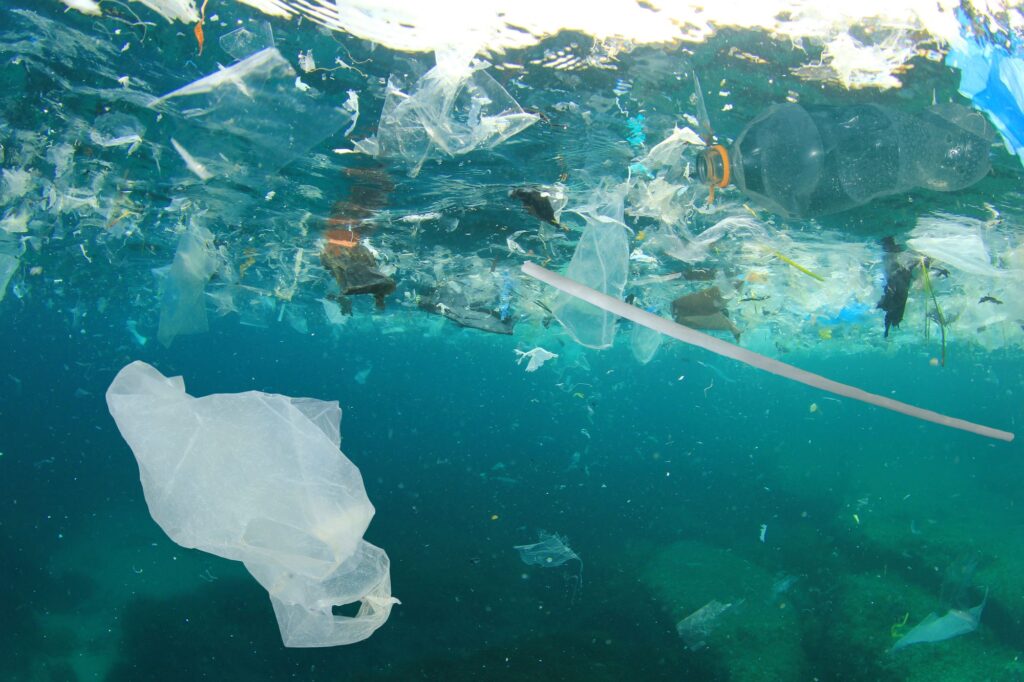
So what are these hunting birds smelling? Dimethyl sulphide (DMS) is a compound produced by various organisms, including phytoplankton in the ocean. For a hungry seabird, DMS can signal areas of high primary productivity and where these are, the fish are. There is some interesting – and worrying – research that suggests that plastic in the ocean provides a platform for algae to grow on. The algae then produces DMS, making the plastic smell like food, creating an olfactory trap for hunting seabirds.
Image by © Richard Carey | 210759761 adobestock.com
Assuming a seabird has had a successful and hopefully non-plasticky fishing trip, they must then return to their colony. “What is interesting about birds like shearwaters”, says Tim, “is that they like to get back to the colony for the evening and sit offshore in a raft, and if they have further to go to get back, they leave earlier in the day, so they clearly have a sense of distance and how long it will take them”. Tim is interested in finding out whether the birds are gaining information in these rafts, for example by looking to see where the well-fed birds are coming from. Research has already shown that the Guanay cormorant can gain information about feeding sites using the orientation of these rafts, and terns are known to head out in the direction that they see well-fed birds returning from.
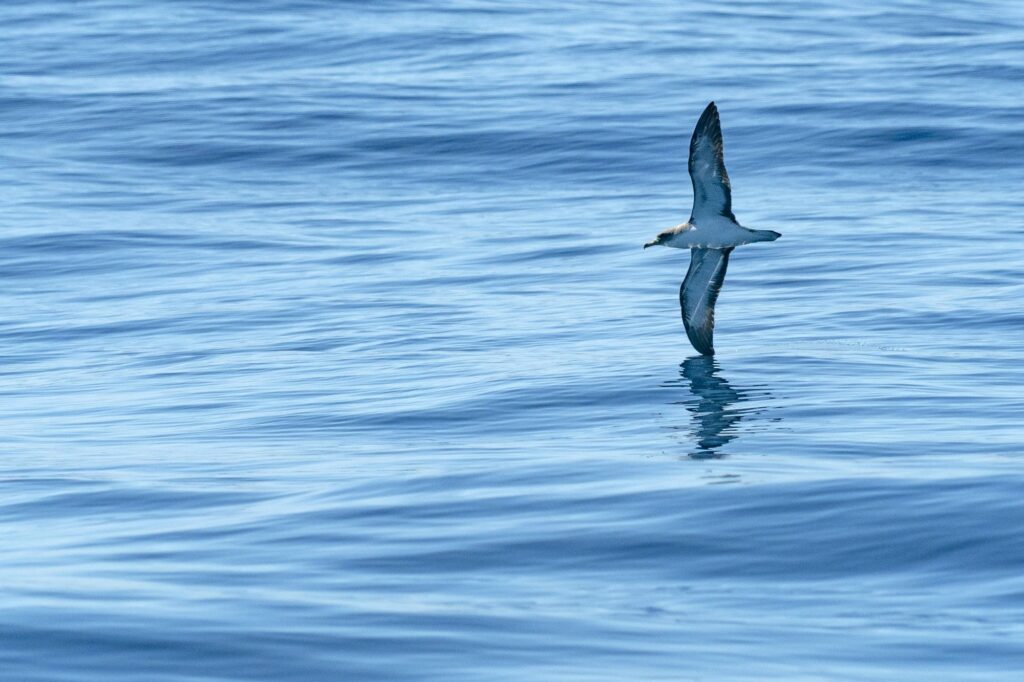
Image by © Andrea Izzotti | 442570749 adobestock.com
There is still so much to learn about the lives of seabirds, but the research into how they move through the world is now tinged with a sense of urgency because seabirds are amongst the fastest declining groups of birds on the planet. At the top of the list of threats is bycatch in commercial fishing gear. This is certainly the case for Europe’s rarest seabird, the Balearic shearwater, whose population is declining by 10-15% each year. Tim estimates that about 50% of these mortalities are caused by bycatch. Competition with the fishing industry is also driving some species down. This is thought to be a big problem for Puffins in the UK, which is why the British government recently brought in a moratorium on sand eel fisheries in British waters – a decision which caused a big dispute with the EU. Other issues like introduction of mammalian predators at breeding sites, climate change, disease and artificial light at night are all adding to the difficulties faced by seabirds. “The key thing to remember is that seabirds are long-lived,” Tim explains, “often they are not breeding until they are two, three, four, five, six, nine if you are an albatross. So it doesn’t take a large increase in annual adult mortality to cause significant population decline. If you ask a fisherman in the Mediterranean, they say they have only caught one Balearic shearwater in their life. But that is enough.” By understanding more about these issues, we can help to create much-needed change. Research into the impacts of light pollution in Hawaii has led to effort to reduce light at night, which has been critical in preventing the extinction of the Hawaiian petrel. Evidence behind the need to protect our sand eels drove the UK’s decision to introduce the moratorium. “The one thing we could really do to improve the lot of seabirds in the UK would be to understand the relationship with fisheries bycatch” says Tim.
His research group continues to study the movements and behaviours of seabirds. To find out more about Tim’s work, visit his group’s webpage.